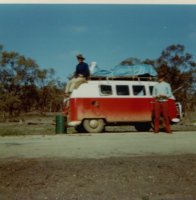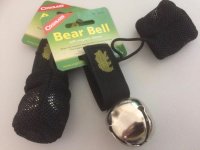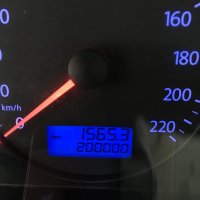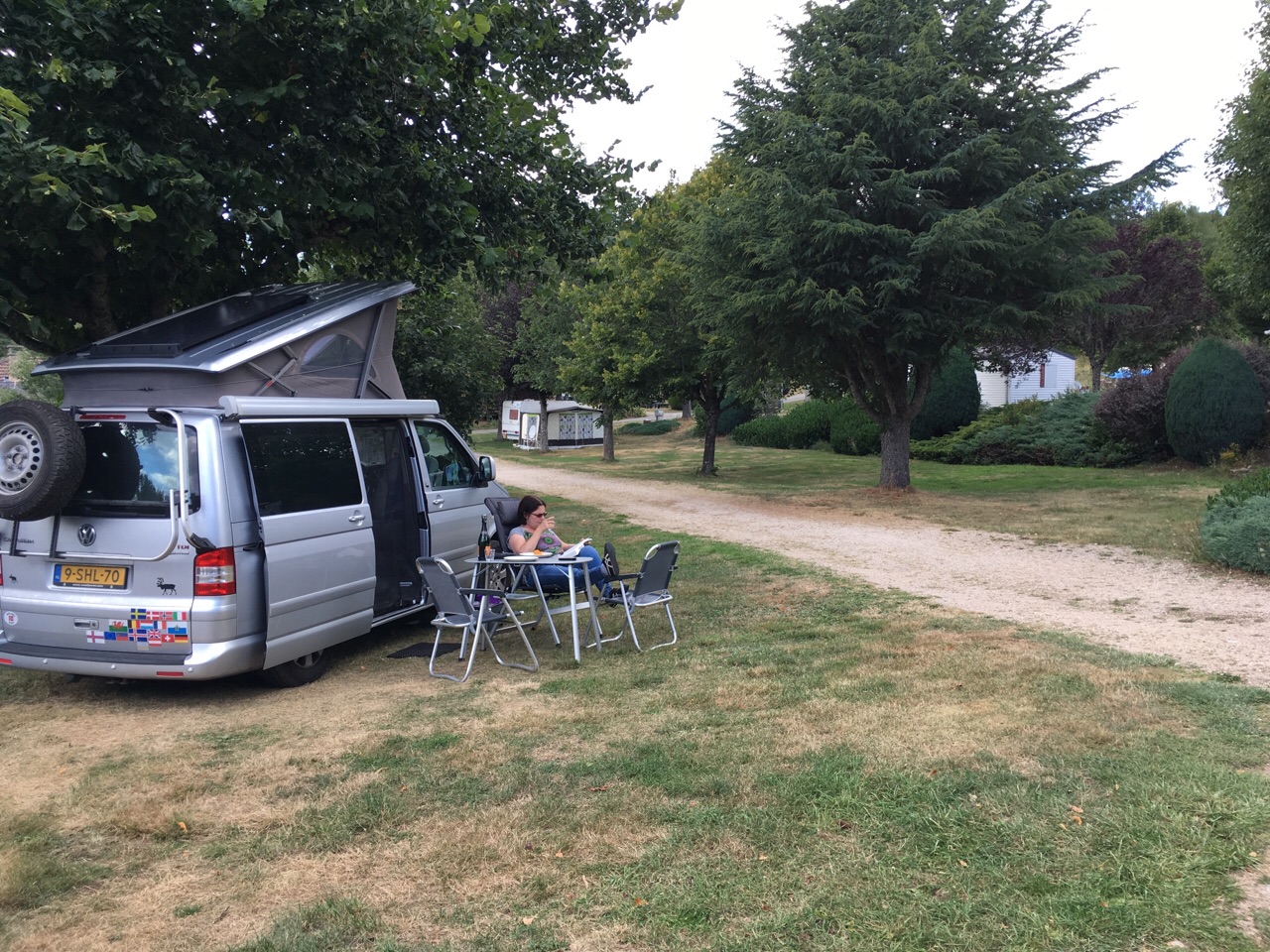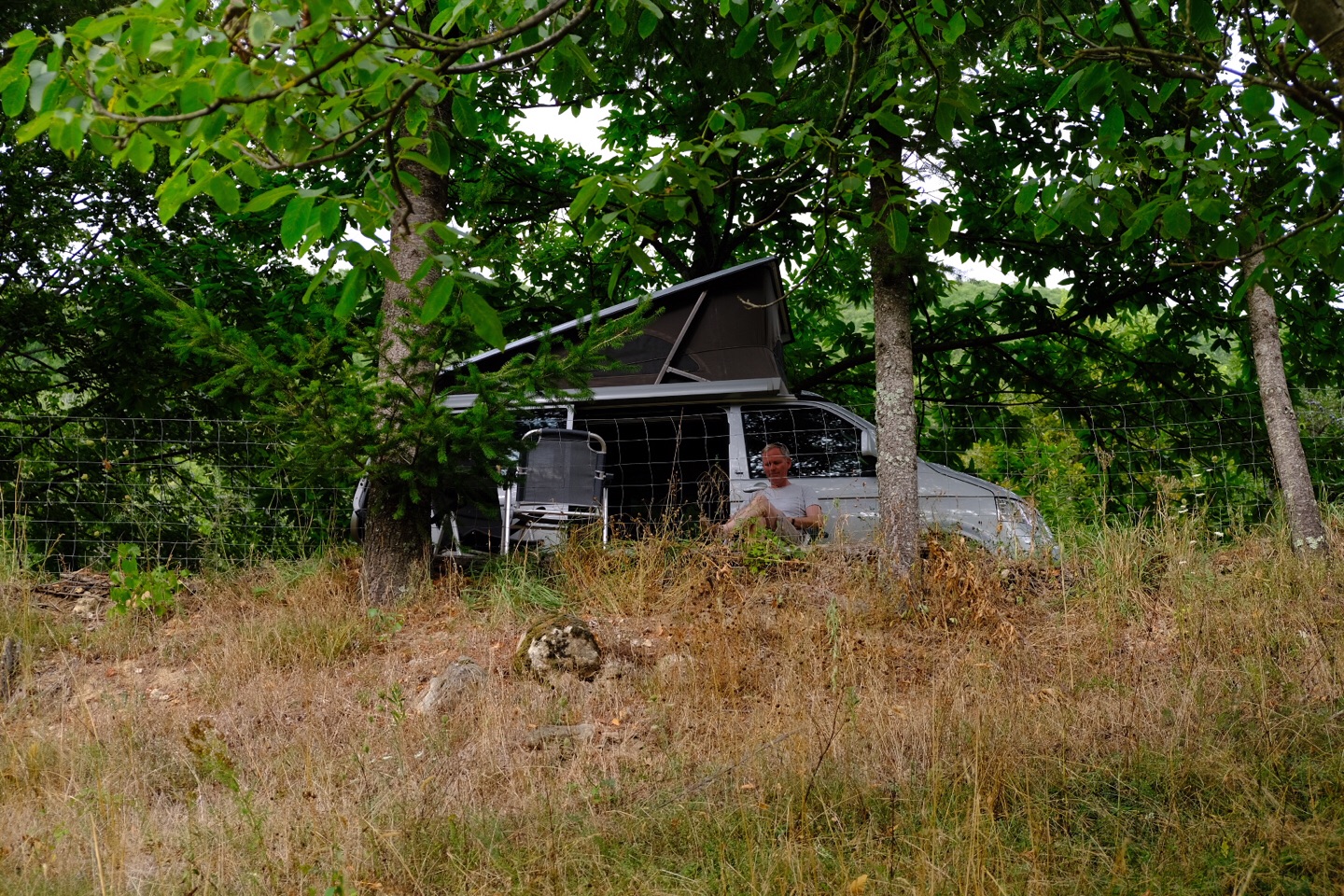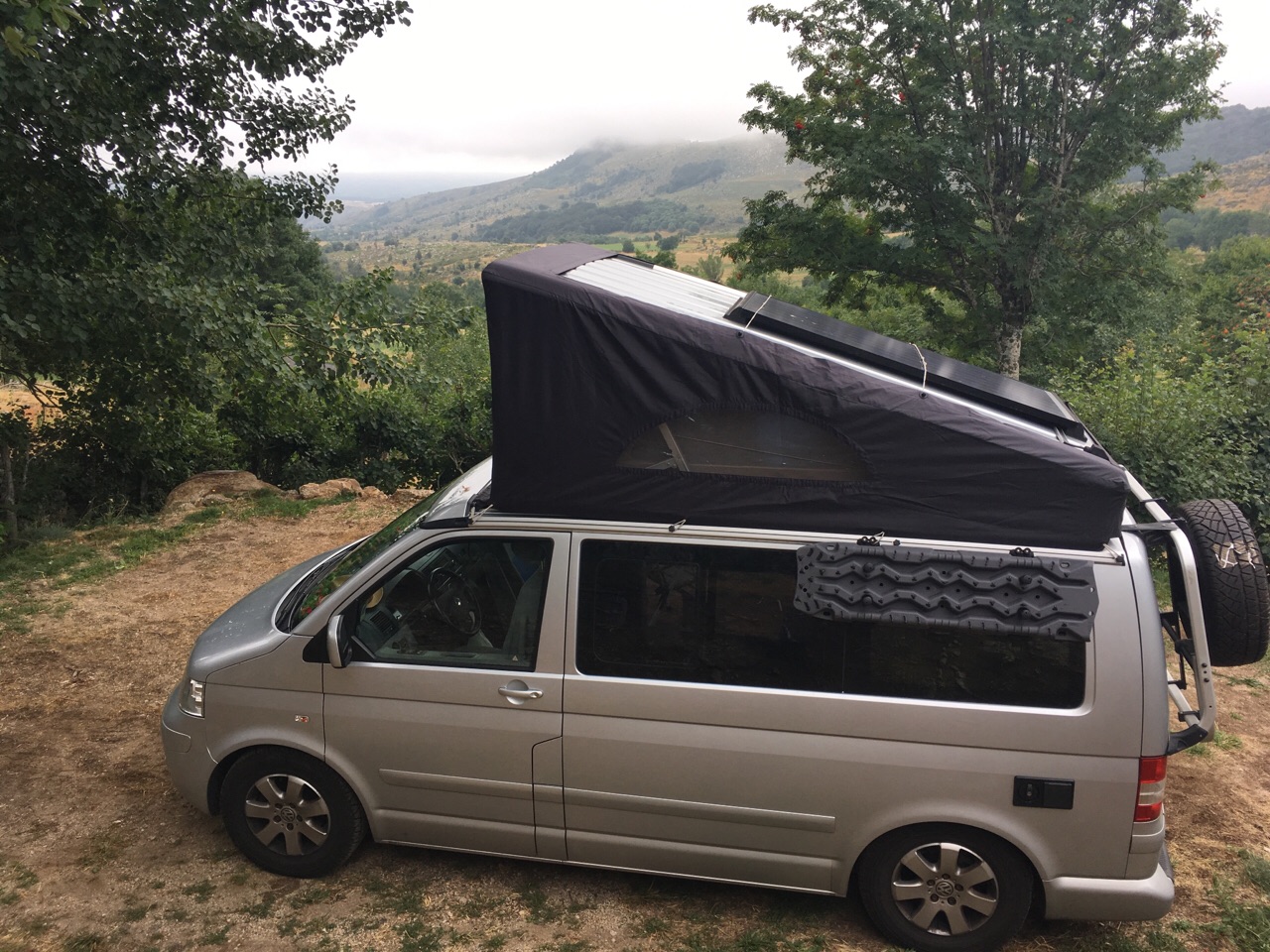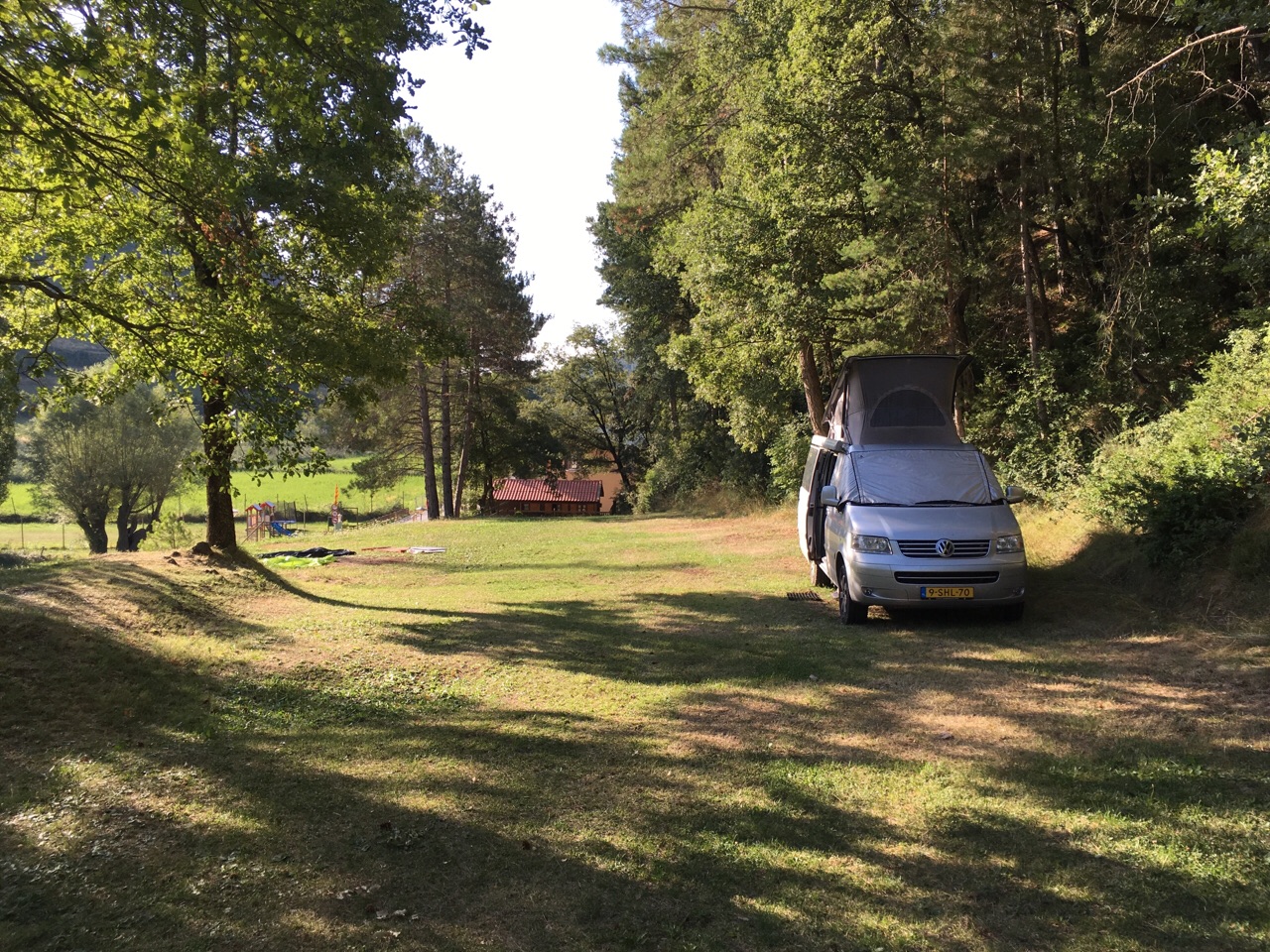Sixt Leg: Of Canyons and Vultures
We camp near La Puebla de Roda, in order to visit Roda de Isábena the next day, a little city on a hilltop that has managed to preserve its romanesque air very well. The campsite is nearly deserted, except for a few motorcycle enthusiasts. We soon learn why: BMW has set up a test and enduro training centre on this campsite. A new experience, motorcycle talk in the pub.
Roda de Isábena is very much worth the detour. Built on a hilltop, once the seat of the local count and bishop, who could oversee the whole county and diocese from here because it is a sort of high plain amidst a ring of still higher mountains. The cathedral church and adjacent abbey are very special: seldom have we seen the various stages of extension and building styles through the ages so clearly visible and well preserved as here, from early romanesque through late-gothic, all in one building.
We go a little to the South again, to resume our ‘blue’ route. Over beautiful but sometimes difficult tracks we drive to Liguerre de Cinca to spend the night there. There we misunderstand the directives the campsite gave us about where to pitch our van. As soon as we have set up camp, all around us the sprinklers start spraying the grass… We get a free car wash, much to Marga’s dismay!
Our trackbook next takes us into the Parc Natural de la Sierra y los Cañones de Guara. The tracks entering the park are very challenging: steep climbs, big rocks, deep gullies, we find our van can walk stairs! After this training we would easily climb and descend the Spanish Steps in Rome with it! Once in the park the tracks and roads are beautiful and an easy drive and the surroundings are just beautiful. Over the centuries the rivers have dug big, deep canyons into these mountains. A bit like Arizona’s Grand Canyon. In these canyons, on the steep walls, nest many vultures. It is very quiet here and we have all the time to take in the natural beauty and photograph the vultures.
In this park we camp on the small campsite of Nocito, a small, sleepy community where one family seems to run the show: they manage the campsite, the little café and restaurant and the little grocery shop.
We decide to have a rest day and do some hiking around Nocito the next day. The first night there is just us and an English couple in a Landrover, whom we had met already earlier this week. They are doing the same trackbook route as we are, and they marvel at the off-road capacities of our van, driving these tracks, something we have seen before with Landrover people… “Didn’t know they made them like this…”. They stop here, their holiday time is up, tomorrow they drive from here to Santander to take the ferry back. The second night there is just us and two French women in a Subaru 4x4 estate who do the same route, but then in the other direction as we.
The next day we have a hike up a valley, following a little stream to its source on the flanks of the Guara, the highest mountain in this park. Along the valley we come across this beautiful natural swimming pool (see the entry above). Beautiful little place, but very cold water!
After this we have only one day of mountains left, really, but a wonderful route again. First on quiet backroads and the last bit on a beautiful high track, which, after a somewhat challenging first kilometer, is an easy drive. It passes the Mirador de los Buitros (more vultures!) and stays up high all the way to the Castillo de Loarre. We stay on the beautiful campsite there, eat a very good, very low priced meal in the campsite restaurant, to visit the castle the next day. One is on the very edge of the Pyrenees here, like on a balcony high up, overlooking the plain of Huesca, deep into Aragon.
From here we will go slowly down and South towards the Bardenas Reales. We encounter a few very difficult tracks again, perhaps the most challenging yet, this trip. They are no fun, actually: all through forests with little else to see than trees and leading nowhere than to other challenging tracks through forests with nothing else to see than trees. Perhaps nice for real hardcore off-roaders, but not our cup of tea, so we decide to leave them and turn to ‘normal’ backroads to drive to the Bardenas. Marga is a crack in finding nice little roads on the map, and they are very beautiful as well!
Here an impression of this leg:



